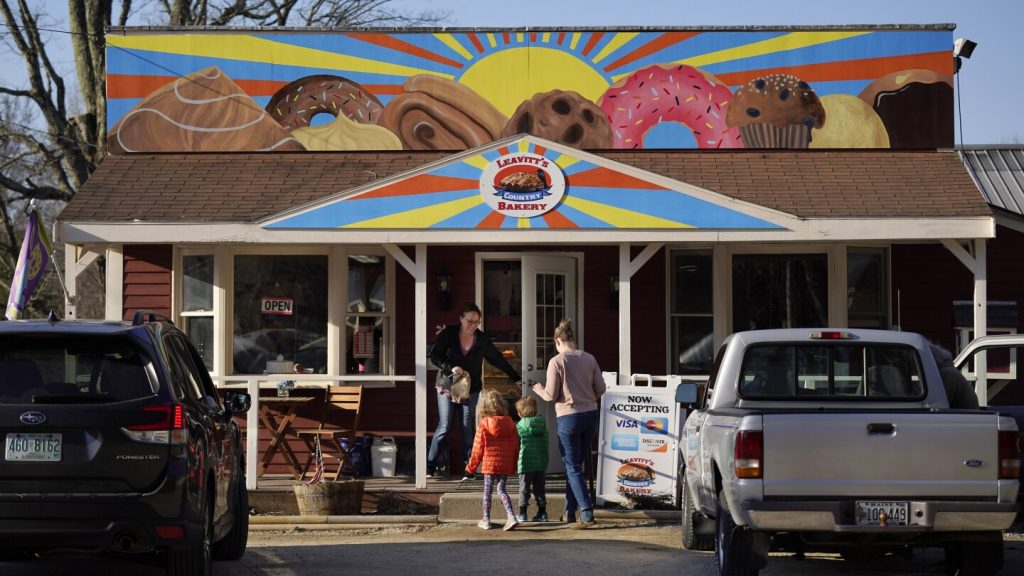The town of Conway, New Hampshire passed a new ordinance aimed at regulating public artwork, in response to a dispute over a large pastry painting on the front of a bakery. The painting, created by high school students, features pastries arranged to look like a mountain range. The town’s zoning board deemed the painting to be more of an advertisement rather than art, and cited its size, which exceeded the town’s sign code limits, as a reason for it to be removed or altered.
The new ordinance requires that applicants meet specific criteria for art on public and commercial property. While the zoning and planning boards must approve the appropriateness of the theme, location, and design of each proposal, the process is designed to respect the artistic expression and content of the work. Planning Board Chairperson Benjamin Colbath emphasized that the ordinance was not meant to limit any form of speech but rather to provide a framework for approving public art in the town. However, the lawyer for the bakery owner who is involved in the dispute expressed concerns that the ordinance could lead to increased litigation and act as a form of censorship by town officials.
Despite urging voters to reject the ordinance, the bakery owner plans to move forward with his lawsuit against the town. The owner, Sean Young, asserts that local officials should not have the authority to act as art critics, and that individuals should have the right to display public art without government interference. The lawsuit was put on hold as the town considered revising its sign codes to accommodate the painting, but the proposed changes were deemed too complex and did not pass. As the legal battle continues, the fate of the pastry painting remains uncertain.
The attorney for the bakery owner expressed concerns that the new ordinance could impact the fate of the existing mural as well as any future art projects the owner might undertake with students. The attorney argued that the ordinance imposes unconstitutional restrictions on the display of public art and gives town officials excessive control over what can be displayed in the town. The town’s attorney has yet to comment on the potential impact of the ordinance on the bakery owner’s case.
During discussions about the ordinance, town officials framed it as a way to promote more community-based art projects in Conway. The ordinance was seen as a means to streamline the process for approving public art and creating a pathway for artists to contribute to the town’s aesthetic. While the intention behind the ordinance was to facilitate the display of public art, concerns have been raised about its potential implications for free speech and artistic expression in the town. As the legal battle unfolds, the fate of the pastry painting and the broader implications of the ordinance remain uncertain.


